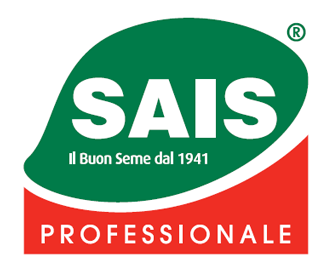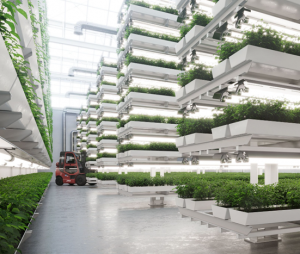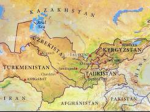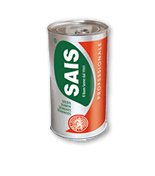VERTICAL FARMING TODAY AND IN PERSPECTIVE
The need for vertical farming has been increasingly evident due to several factors.
Firstly, the global population is projected to reach 9.7 billion by 2050, demanding a significant increase in food production.
Secondly, it offers a solution by maximizing crop yields within limited urban spaces.
Traditional farming methods face numerous challenges such as limited arable land, water scarcity, climate change, and a reliance on chemical inputs, vertical farming mitigates these issues by utilizing vertical stacking and controlled environments, reducing land usage, water consumption, and pesticide reliance.
The industry’s global figures reflect its potential impact. The global vertical farming market is expected to expand significantly, increasing from USD 5.6 billion in 2024 to USD 13.7 billion by 2029, with a remarkable compound annual growth rate (CAGR) of 19.7% as reported by MarketsandMarkets in August 2024. The growth is driven by increased investment, technological advancements, and competitive regions like the Middle East- that are forcusing on fresh and locally produced food and rising demand for hygienic produce.
Vertical farming has the potential to transform traditional farming practices by offering year-round production, reducing transportation costs, and providing access to fresh produce in urban areas. It enables sustainable agriculture, enhances food security, reduces the carbon footprint, and promotes efficient resource utilization.
As the world faces mounting challenges in food production, vertical farming emerges as a promising solution, revolutionizing the agricultural landscape and paving the way for a more sustainable future.
(Source : 5th Global Vertical Farming Show 2024)
To fill growing requests of quality seeds for vertical farming ,SAIS has created a specific range of varieties suitable to be grown in artificial conditions
click here: https://ilbuonseme.saissementi.it/news/2378/













